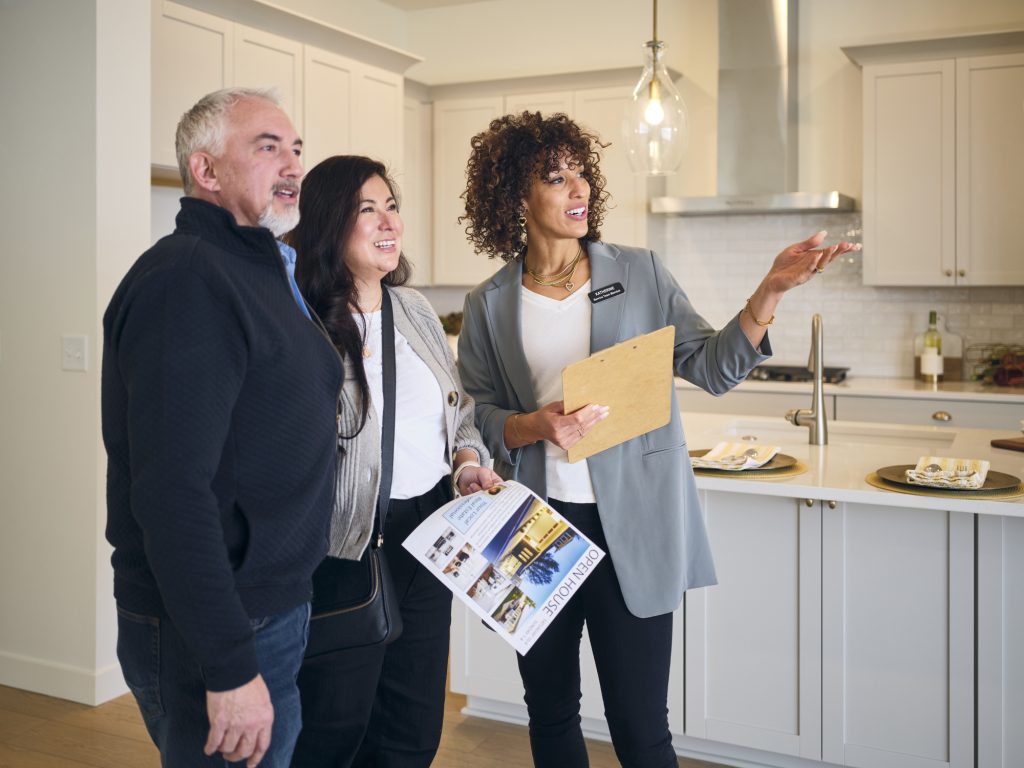

As a second-time homebuyer you’ve already been through the homebuying process before, so you have some experience under your belt. Whether you’re looking to upgrade, downsize, or seek out a new neighborhood, buying a second home presents its unique set of challenges and opportunities.
From finding the right property to securing financing, there are many factors to consider when purchasing a new home. In this blog post, we will share some valuable tips and advice to help you make informed decisions so you have a smooth homebuying experience.
Understanding Your Needs
The excitement of buying a new home is undeniable, but before you take the plunge, it’s important to assess your housing needs. A lot may have changed since your first purchase; perhaps you’ve expanded your family, or you’re now working remotely. Start by considering how your lifestyle has evolved and what you need to support it now.
Next, think about your future. Are there any expected changes that might affect your housing needs? For example, if you plan to expand your family, you might require more bedrooms or a larger yard. Or if you anticipate a child moving out soon, you might be considering downsizing. Understanding these factors will help you choose a home that suits your current lifestyle but can adapt to future changes.
Finally, consider the location. Proximity to work, schools, and amenities plays a crucial role in your daily living. If your priorities have shifted, such as preferring a quieter neighborhood over proximity to the city center, now’s the time to reflect these changes in your search criteria. Being clear about your needs ensures that your second home better aligns with your life goals.
Financial Preparation
Buying a new home while owning another involves careful financial planning. Start by reviewing your budget. You’ll need to account for not just the purchase price of the new home but also expenses related to selling your current property, like real estate agent fees, staging costs, and potential repairs. It’s also wise to factor in closing costs and any moving expenses you might incur.
Setting a realistic budget is essential. Determine how much you can afford for a down payment on the new home, and start saving towards this goal if necessary. A major benefit is having the equity built up in your current home that can be used towards the down payment on your new one.
Additionally, consider the carrying costs associated with potentially owning two homes at once. These expenses include mortgage payments, property taxes, and utilities. Having a contingency plan, such as a short-term rental strategy for your current home if it doesn’t sell right away, can offer financial breathing room during the transition.
Financing Options
When it comes to financing your second home, exploring various mortgage options is crucial. If you have built up equity in your current home, you might consider a bridge loan to finance the purchase of your new home before selling your current one. Understanding the implications of each financing option will help you make an informed decision.
It’s also worth considering refinancing your existing mortgage. By securing a lower interest rate, you can reduce monthly payments and free up cash for your new home purchase. Consult a mortgage broker to clarify which option best suits your financial situation.
Selling Your Current Home
Selling your home involves more than just listing it on the market. To maximize your return, consider investing time and effort into preparing your home for sale. Start with staging; a well-staged home can help potential buyers envision themselves living there, often leading to quicker sales and better offers.
Pricing is another critical aspect. Work with a real estate agent to conduct a comparative market analysis and set a competitive price. Overpricing can lead to your home lingering on the market while underpricing might not reflect its true value. An experienced agent can help you strike the right balance and attract serious buyers.
Finally, leverage the expertise of a real estate agent to handle the complexities of selling your current home. They can manage showings, negotiate offers, and coordinate closing details, allowing you to focus on finding your next dream home. With the right strategies, selling your first home can be a rewarding experience that sets you up for success in your next purchase.
Timing the Transition
Timing is everything when it comes to transitioning from your current home to a new one. Ideally, you’ll want to align the closing dates of your home sale and purchase to minimize overlap. Discussing timing with your real estate agent early in the process can set realistic expectations and reduce stress.
One strategy is to negotiate a rent-back agreement, where you remain in your current home for a short period after closing, giving you time to finalize your new purchase. This arrangement can provide a buffer period and reduce the pressure of moving out immediately.
Coordination is key, so keep open communication with all parties involved, including real estate agents, buyers, and sellers. Having a detailed plan ensures a smoother transition and helps you manage the logistical challenges of moving from one home to another.
Buying a new home as a second-time buyer is an exciting journey that comes with its own set of challenges and opportunities. By following these tips and advice, you can make informed decisions throughout the buying process and find the perfect home for your needs.
Williams Homes builds new home communities throughout California, Idaho, Montana, and Texas in places you’ll love to live. Learn more about our available quick move-in homes and new home communities at WilliamsHomes.com.